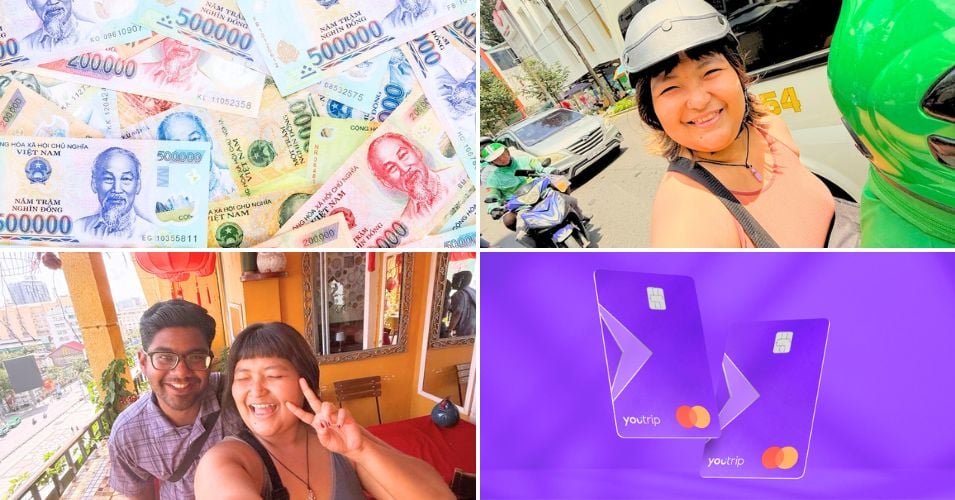Sometimes when I get lethargic at work, I tend to daydream about the trips I took back in August 2025.
One of my noteworthy trips was to Ho Chi Minh City (HCMC), Vietnam, with a close friend. Despite our different life stages, we still embarked on the trip together, especially since we were robbed of our polytechnic graduation trip due to Covid era.
However, I paid no mind to our disparity, especially since we embarked on the trip to deepen our bond, not to compare our bank accounts.

I had my own set of troubles as this was my first time travelling with him and visiting Vietnam.
Due to the clash in our schedules, we had to split the trip preparation; He was in charge of planning the itinerary and Airbnb selection, whereas I was appointed the sole treasurer of the trip. That in itself was revolutionary, because no one had ever trusted me to handle money for any occasion due to my carelessness in past trips.
Once, I accidentally overpaid the Grab driver an additional S$50 instead of S$5 because both notes started with the numerical figure five.
Then, I also misplaced my cash worth S$200 during my trip to Malacca, because I left my wallet in one of the restaurants’ toilets.
Cash and I are incompatible, a pair set up for disaster, but my friend’s trust means the world to me. So I did my fair share of research by asking around for advice, watching travel influencers’ TikTok videos, and reflecting on situations where I encountered issues with cash.
Across all my past trips, the HCMC trip was the most prepared I ever was when it came to money, and these were the three approaches that worked for me the best.
Using cash
Imagine travelling to HCMC with your friend for the sole purpose of a vacation, but for every meal you shared, you’d need to calculate the bill, decide who will pay first, get your friend to PayNow you their share, before moving on to the next thing.
Just typing that whole sentence wears me out, which is why we both agreed on a shared money pot consisting of physical notes. Having this shared fund eliminates the need to calculate our expenditure at every waking moment of the trip, and lets us explore local markets or shopping malls that may not accept card payments yet.
Unlike Singapore’s marketplace scene, countries like Vietnam, Malaysia, and Indonesia may not have the technology to accept global cashless payment yet. I would like to think that cash is king in these places, and it is the key piece of advice I firmly adhered to when it comes to travelling.
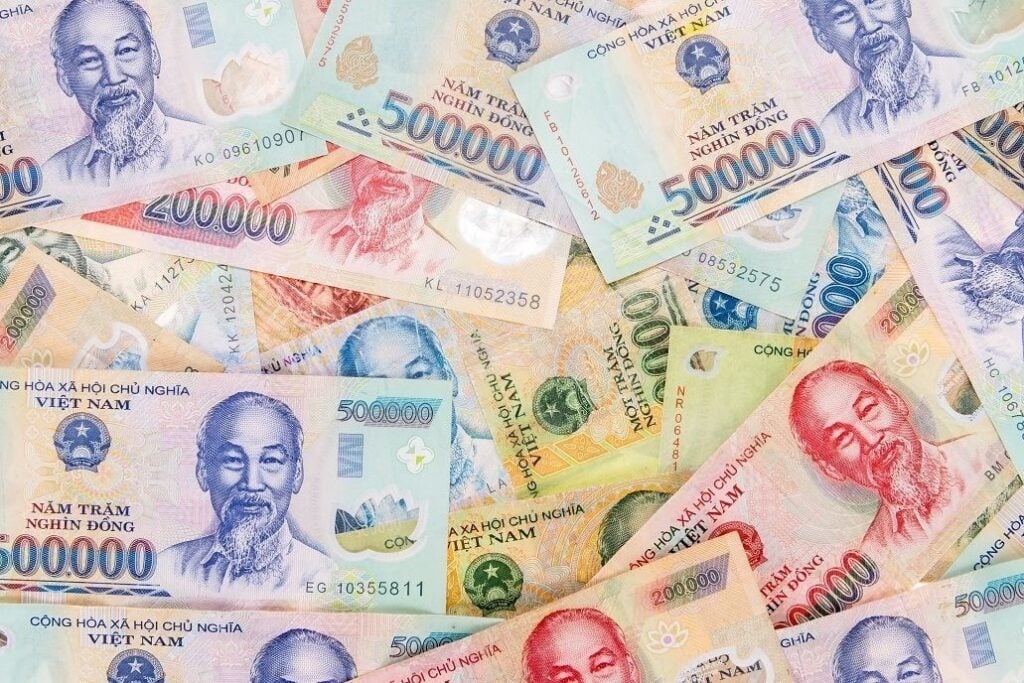
Based on Google’s conversion rate, the currency exchange from Singapore Dollars to Vietnamese Dong (VND) is S$1 to 20,479.50 VND, which is terrifyingly confusing due to my poor sense of numbers.
The total money pot was worth seven million VND, and I was uncomfortable seeing multiple zeroes on the cash notes due to my previous experiences. Mentally, the amount seems huge, and I got complacent because how would we exhaust seven million VND in less than five days?
From the Cafe Apartment to haggling at the Ben Thanh Market, and trying halal Vietnamese food, it was a buffet of experiences for us. Without anything restricting us, we were unstoppable for two days.
Pros of having cash: Having cash to explore the local marketplace or food fairs at reasonable pricing.
Cons of having cash: Human error when it comes to calculating currency conversions and managing expenses daily during the trip
Using a bank card
By the third day of the trip, our money pot was left with an estimated 200,000 VND, which was insufficient since we initially planned to go souvenir shopping on the fourth or fifth day.
Another known travel tip I adhered to religiously, was to avoid converting Singapore Dollar notes overseas due to the poor currency conversion rates. There is always a huge probability that they might lowball you or even scam you by handing you fake notes instead.
Even though I still had some spare Singapore Dollar notes with me, I was hesitant to convert them in HCMC. I turned to my YouTrip and Trust bank cards to tide us through the rest of the trip instead.
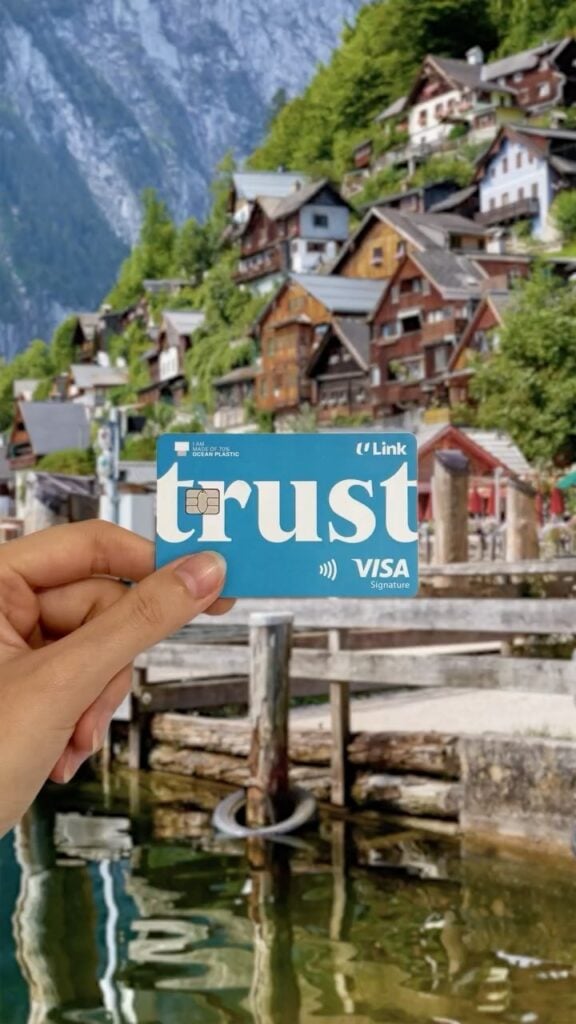
Both cards share the same benefits of not charging foreign transaction fees, which lets you avoid the unnecessary bank charges when you swipe your card overseas.
It is highly debatable whether a credit or debit card is more beneficial to use overseas, since it is easier to get a refund through a credit card rather than a debit card, if an incorrect card payment was made.
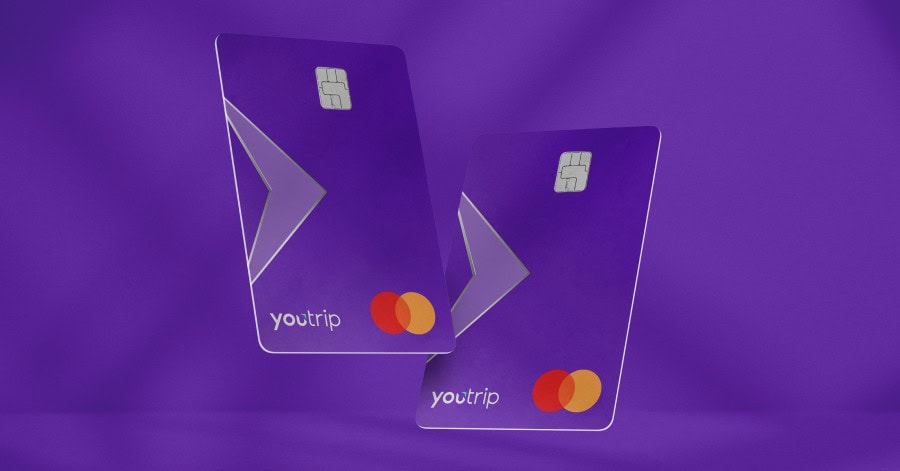
In our case, the debit card was our first line of defence. Whenever we shopped at nearby malls or bought local books, we prioritised our YouTrip card since it had sufficient money. We indulged and devoured to our hearts’ content, and made one of the biggest mistakes on the trip; splurging unnecessarily yet again.
Everything fell apart when we ate at Pizza 4P. Greed took over us, and we ordered everything that looked appealing to us. When the bill arrived, the amount was enough to knock us both back to Singapore in coffins.
We were frantically scrambling to find money to pay for the overall amount. Despite combining our cash and YouTrip money altogether, we were still short of the total bill.
Suddenly, I recalled my Trust credit card and used it to cover the bill. In extreme cases, a credit card serves as an emergency backup when all else fails.
Afterwards, my friend and I regrouped to replan our finances for the next two days: either we dipped into our savings, or used my credit card. Sacrifices needed to be made, and I was upset that we had to forgo our plans to visit the Cu Chi Tunnels.
A part of me was thankful that I was employed, since my friend could not have a credit card due to his unemployment status as a full-time student.
Pros of having bank cards: Having money on standby, especially when there is insufficient cash in hand, or during emergencies.
Cons of having bank cards: High entry level if you are keen to opt into a credit card. There is also the possibility of losing your bank cards overseas or the hassle of locating an automated teller machine (ATM) to withdraw your cash.
Using a combination of cash, bank card and Splitwise
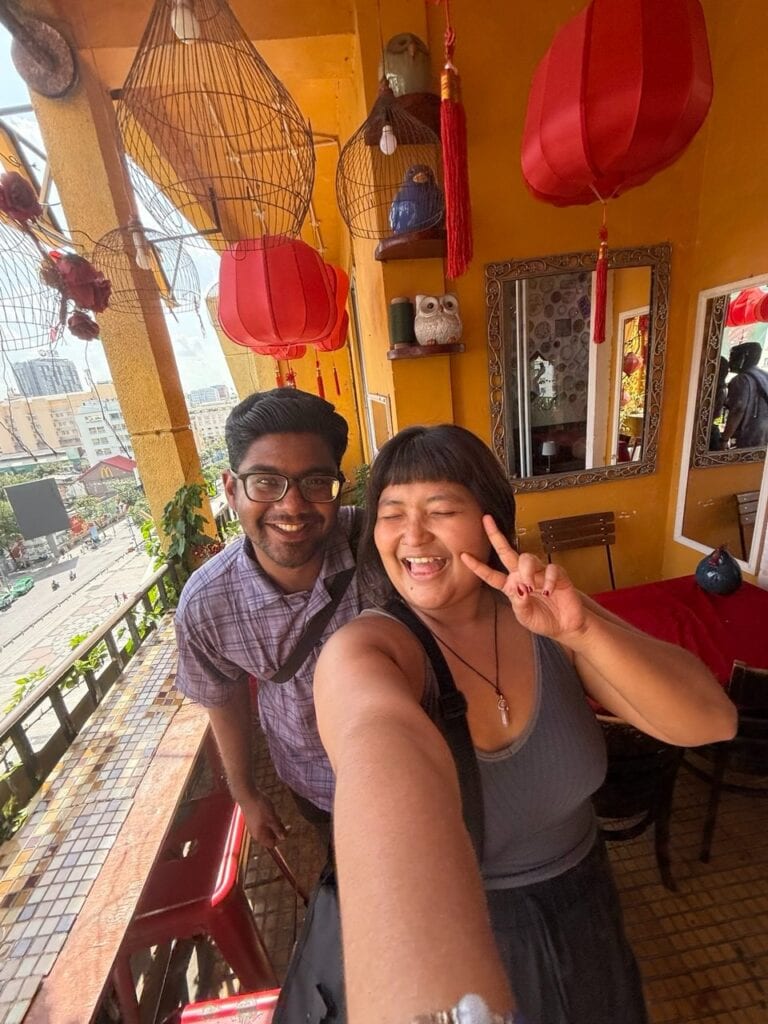
Reminiscing about how we were both laidback yet anxious during the trip makes me burst out laughing. The memory of us panickingly searching for an ATM to withdraw cash for our halal Banh Mi will forever be etched in my mind.
One key lesson I would apply in my next trip is the discipline to control my spending habits overseas. By doing so, I’d have the luxury of simply spending based on my physical cash without touching either my savings or my emergency credit card.
At the end of the day, our take on the cash vs cashless debate stems from ensuring that you have both options available, since it is the safest choice after all.
For post-trip finance management, we used Splitwise since it was useful in tracking our expenditure efficiently, from the flight tickets to shopping costs. Splitwise works by automatically calculating the amount each party inputs and then deciding the final amount that is owed.
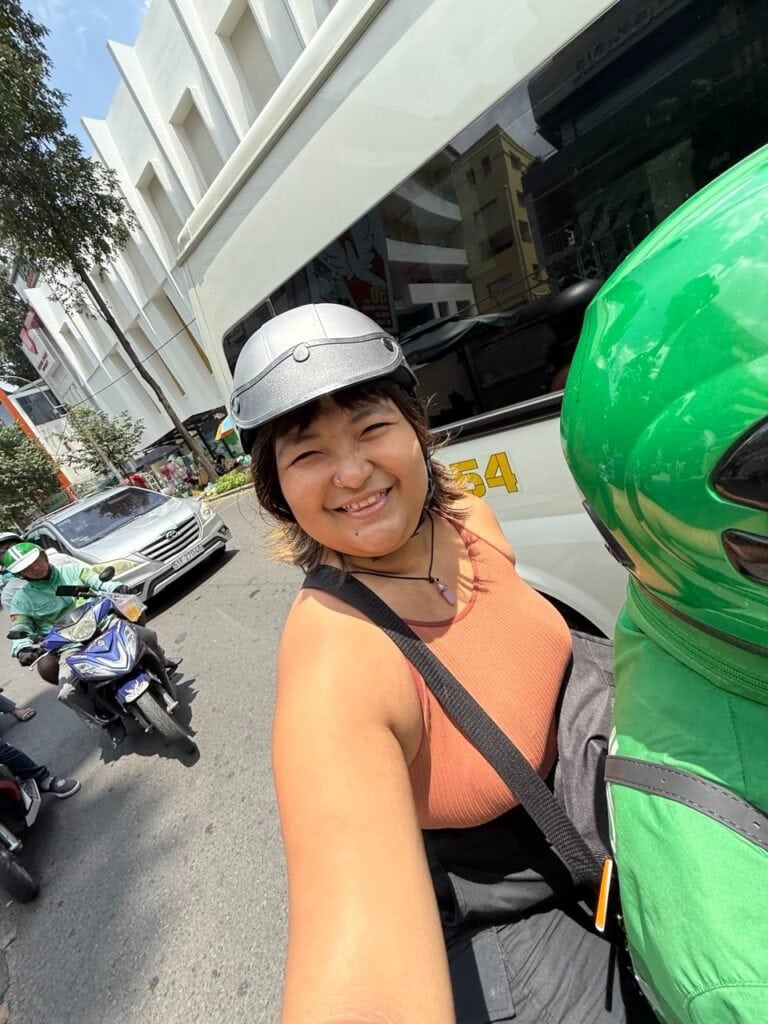
Pros of having cash and bank cards: It’s never wrong to be overprepared than underprepared when it comes to a good trip with good company
Cons of having cash and bank cards: There are no cons, because a trip is worthwhile when you have sufficient cash to enjoy leisurely.
Let us know if you would ever consider these methods, or share with us what alternative money management tools worked best for you!
For more lifestyle updates like this, subscribe to our Telegram channel at @confirmgood
Photos by Jae-Eryana Fitri.

